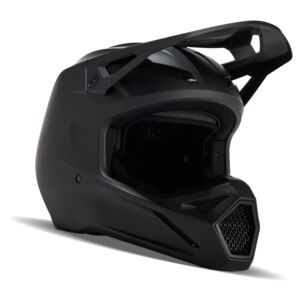In hindsight, maybe I grabbed a bit too much front brake. The fork cocked, steering locked at the stops, and I hit the deck, smacking my dome in a sudden and violent turn of events.
The impact rang my bell pretty good and yet safety features found in today's helmets went to work suddenly, silently, and entirely. One of those features gives your head just enough slip in a spill to avoid some very real risks caused by rotational impacts. It's these angular "oblique" blows that are often to blame for concussions, brain injuries… or worse.
We motorcyclists love a catchy acronym and Mips, or the Multi-directional Impact Protection System, is one of the designs that seek to prevent rotational injuries by incorporating a low-friction, independently rotating layer built into a helmet's roof. "We have been doing this for 25 years, so we have 25 years of research in our back pocket," the Swedish company's CEO, Max Strandwitz, recently told us.
Mips isn't exactly the only game in town, though, and plenty of other big players are offering their own means to the same end. What's more, some say these rotational impact systems are the biggest thing to happen to helmets in a long time — and new certification standards mean their prevalence is likely to grow. So if rotational impact protection is a big deal, we should probably look a little closer at what it is, right?
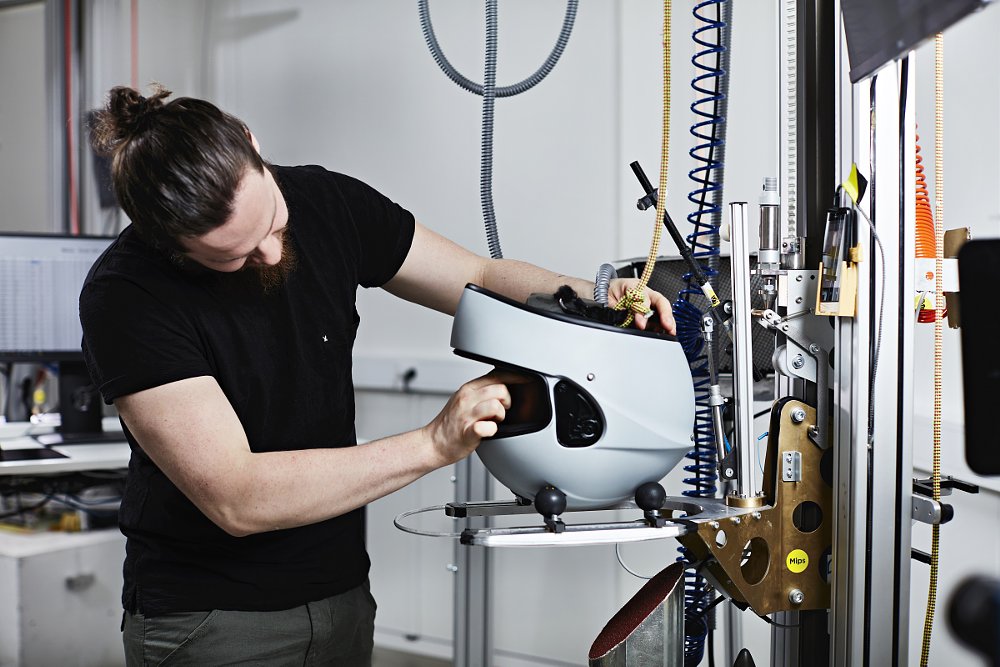
Man-made helmets mimic nature's protection
Motorcycling history is rich with recognizable helmets, from Easy Rider's stars and stripes to those Wehrmacht-lookin' ones, with British legend Barry Sheene's cigarette holster in between. Beyond the flair, a good helmet is an important supplement to the protective cerebrospinal fluid surrounding your brain. A helmet can reduce the risk of crash fatality by more than 40 percent and, as we've previously reported, those who do not wear a helmet are three times more likely to suffer traumatic brain injuries.
Ideally, energy from a blunt impact is displaced and dissipated by a helmet's composite shell, expanded polystyrene (EPS) liner, and dual-density foam. The key word there is "blunt." But what about those 45-degree glancing blows that pit angular velocity and rapid acceleration against small independent movements of the head, brain, and helmet within the chaos of a crash? The Brain Injury Association of American places rotation-related injuries in the "diffuse axonal injury" category of brain injuries. "Injury occurs because the unmoving brain lags behind the movement of the skull, causing brain structures to tear," the BIAA explains. The resulting torn nerve tissue can disrupt brain communication and can cause chemical releases that lead to further damage. The result can be "temporary or permanent widespread brain damage, coma, or death." The video below shows how tests create the kind of glancing blow that causes rotational impact injuries.
Extensive industry testing has shown it only takes mere millimeters of slip, enabled by these low-friction layers inside motorcycle helmets, to lessen the dangers of rotational impacts. For its part, Mips says its design "imitates the brain's own protective system which, put simply, allows the brain to move slightly inside the head." Mips and similar systems designed to address rotational impacts allow a little slippage between the outer shell of the helmet and the portion closest to your head, absorbing some of that energy that would otherwise cause your brain to slip around inside your skull, tearing that nerve tissue. Mips allows 10 to 15 mm of movement, but that small amount can be lifesaving.
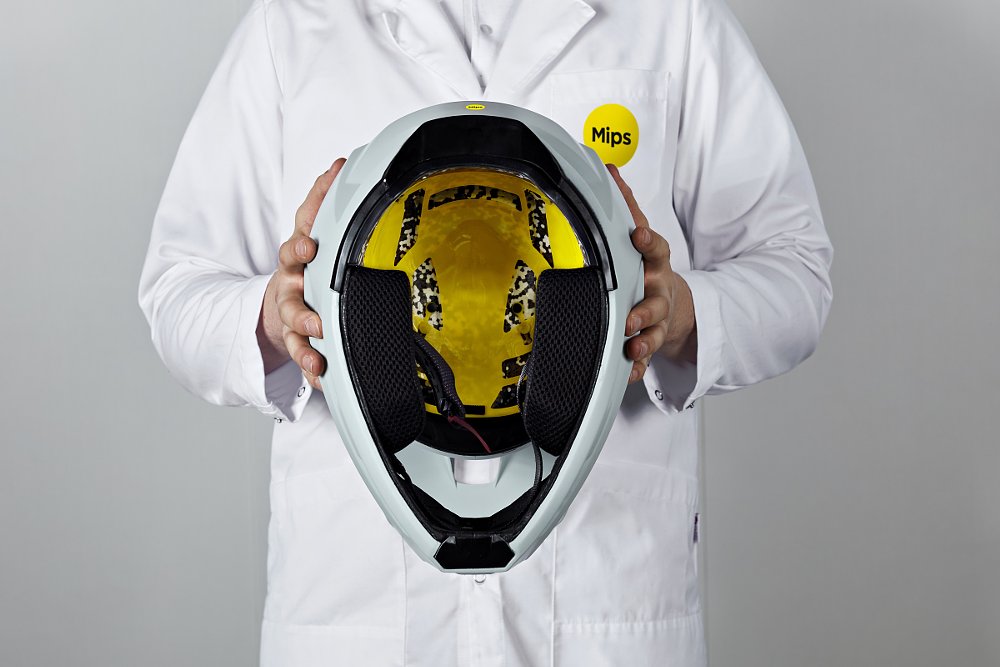
More than just motorcyclists
"Concussions are a massive talking point in all sports," Ed Wildman, exclusive brands product manager for RevZilla parent company Comoto, said while discussing rotational injuries and who's doing what about it. "It's about living injuries you can incur and may not know about right away, or may discover later in life."
A career's worth of clobbering for an NFL football player — Mips' Strandwitz has heard it's somewhere in the neighborhood of 70,000 tackles — and a motorcyclist having one very bad day may have more in common than we think.
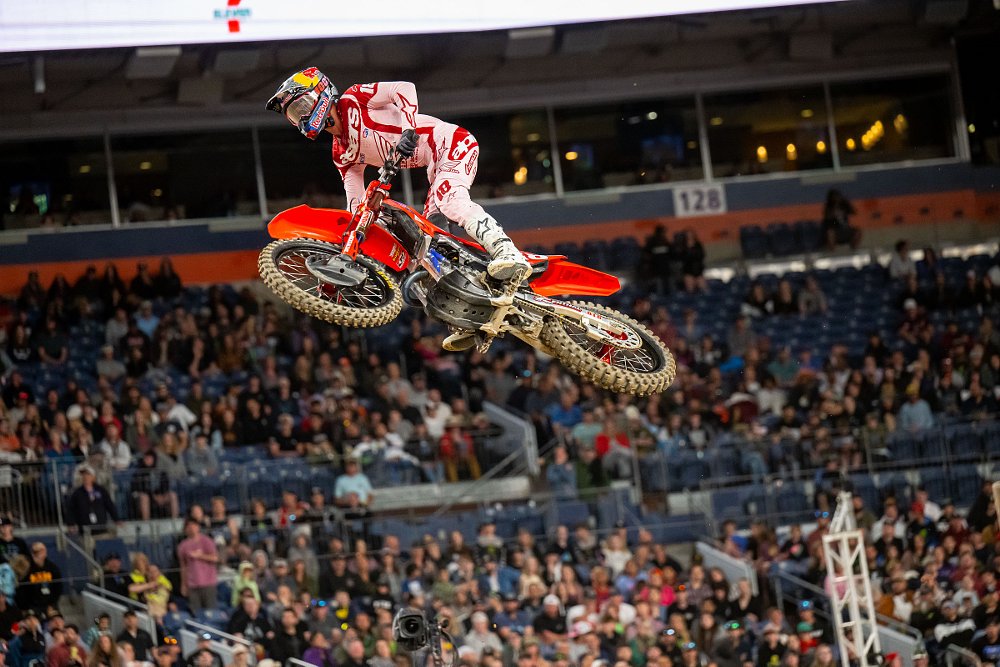
That's why the unmistakable Mips yellow liners can be found not only in dozens of off-road, street, and four-wheeler helmets, but also bicycle, equestrian, climbing, skiing helmets and more. And while Wildman said Mips "was really one of the early companies to address rotational forces," there are other approaches on the motorcycle helmet market today. Shoei's MEDS and Arai's MORE systems are both aimed at reducing and mitigating rotational energy. There are also offerings from 6D, Fly Racing, and Leatt, which have their own takes on rotational motion systems: Omni-Directional Suspension (ODS), Adaptive Impact System (AIS) with space-grade Rheon, and "turbine" technology, respectively. Helmets using these systems range from $150 dirt riding lids to serious roadrace options that cost pennies short of a grand, plus many more that make up the middle ground for safety-conscious shoppers.
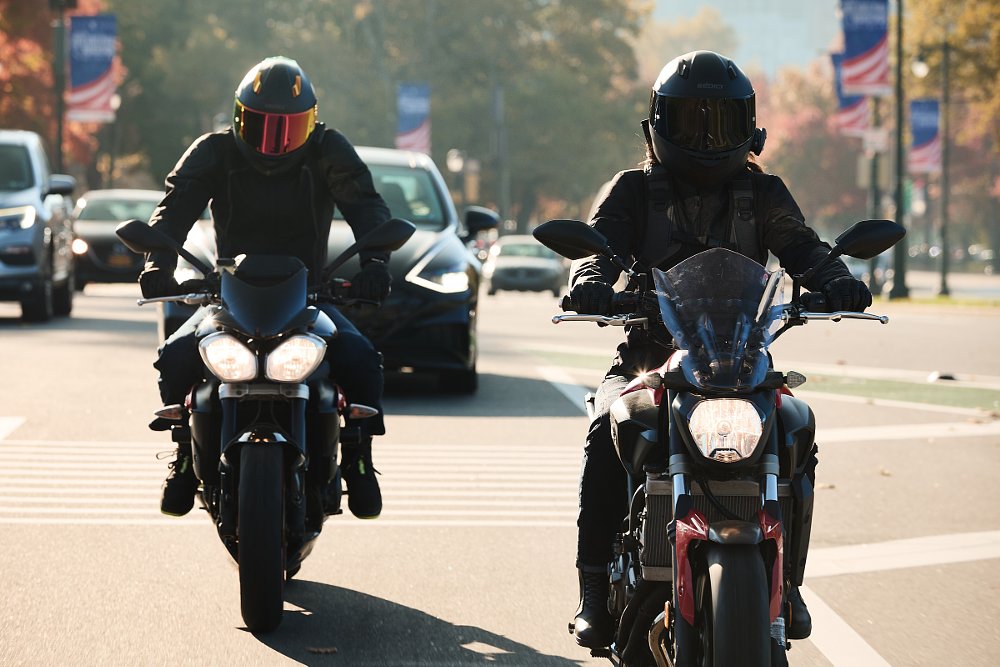
While some companies come up with their own systems, others use Mips' technology. Founded by a neurosurgeon, Mips has been in the space since the 1990s and has made considerable in-roads with off-road helmet brands lately while still trying to sell more street riders on the technology. Off-road riders, said CEO Max Strandwitz, are accustomed to seeking out the latest and greatest tech because "they know when they go out on the track, they face a significant risk of having an impact." Regular road riders, he continued, are often older, more experienced, have had fewer major accidents — if any — and may not see the need.
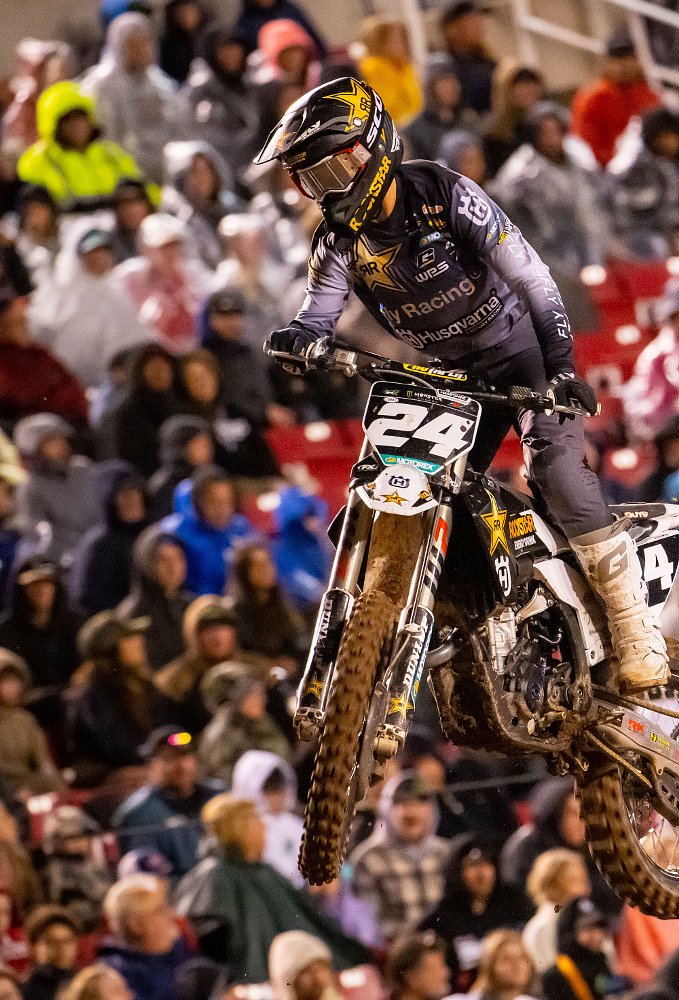
One of the companies that has worked with Mips is Bell. Maybe you remember the old Bell ad, "If you’ve got a $10 head…" It encouraged those with a $10 head to go on and buy that helmet of equal value. It's been a long time since the brand's first full-face offering in the 1960s and today, Bell's elaborate in-house proving ground known as "The Dome," ensures products are put through the wringer, considering complexities such as slip planes and ball-and-socket systems. Still, said Simon Fisher, a bicycle and power sports industry veteran who oversees Bell helmet development, it boils down to a simple ratio: 99 to 1.
"Riders want to have something that looks great on their head and meets the kind of riding that they do," Fisher said of what motorcyclists are thinking 99% of the time. It's the remaining 1% of time that's dedicated to millimeters and milliseconds: "If something goes wrong, we need this helmet to hopefully save your bacon."
That's why he suggests you take no chances. "This is, for us internally, the absolute cutting edge of what makes a helmet 'advanced'."
New standards coming
In an industry accustomed to incremental updates — a new air vent here, a different cheek pad there — big changes are coming to a head. All of those interviewed for this story commented on impending ECE 22.06 and FIM testing standard updates, which will up the ante when it comes to certification. Rotational impacts will be added to the array of assaults surviving helmets must pass, and these oblique impacts are clearly weighing on the helmet gurus we spoke with as they eye future product designs. That said, the ECE and FIM changes come with a caveat: The former is all about sales in Europe while the latter deals in race-grade gear mere mortals rarely require. Still, helmet homologation is one of those trickle-down scenarios where the rest of us might eventually enjoy the top-shelf stuff.
Ultimately, whether to adopt new safety technology like the rotational impact protection in the latest helmets is a decision that rests squarely on your shoulders — literally and figuratively. You can buy a helmet with this advanced protection and not know if it will save your life or if you'll never need it.
"Crashes are never pretty," said Fisher from Bell. "They are violent activities and every single one is different." But Bell and other companies now offer helmets for everyone from the expert motocrosser soaring over triples to the little kid on a push bike that provide a whole new kind of protection against potentially life-changing injuries.














